Outdoor Tile Repair Timing Tips
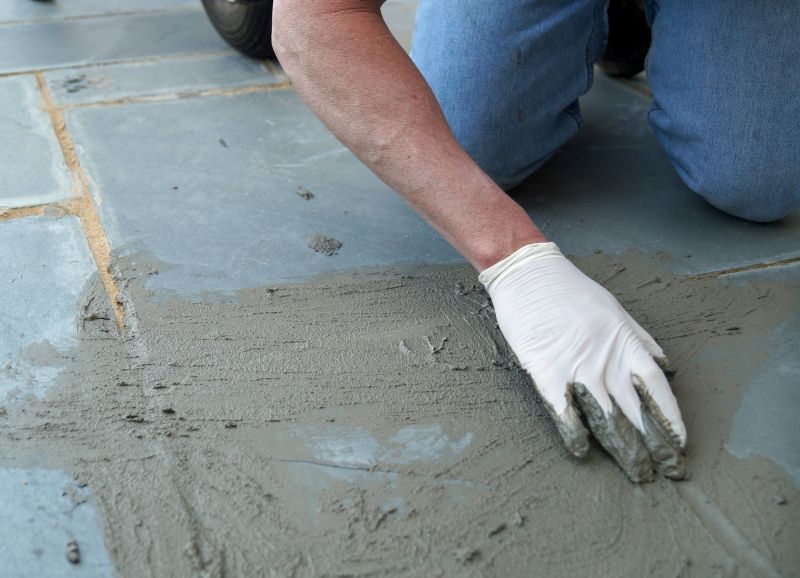
Spring offers moderate temperatures and low humidity, ideal for outdoor tile repairs. Dry conditions help adhesives and grout to cure properly.
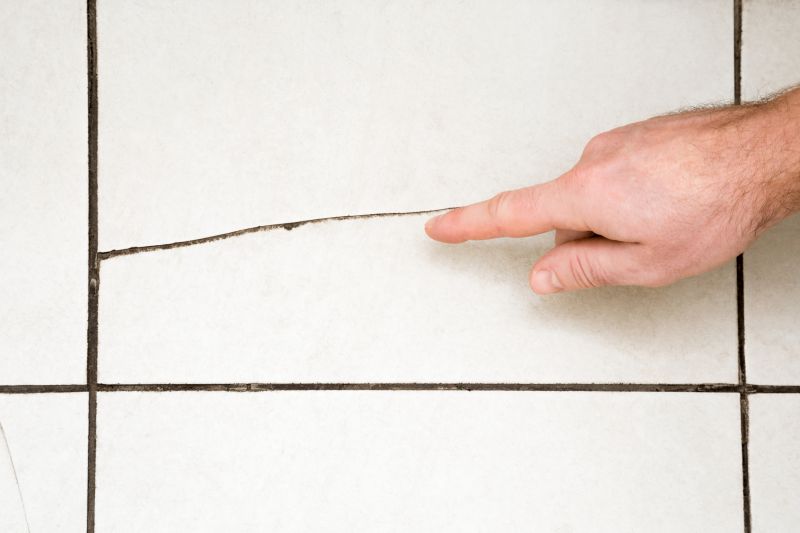
Summer provides warm weather, but high temperatures and intense sunlight can affect curing times. Repairs should be scheduled during cooler parts of the day.
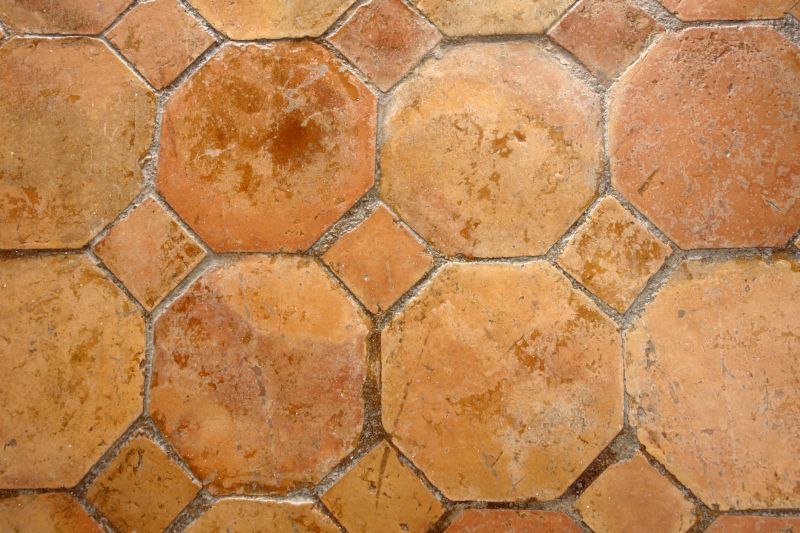
Fall typically features mild temperatures and lower rainfall, making it suitable for outdoor tile work before winter sets in.
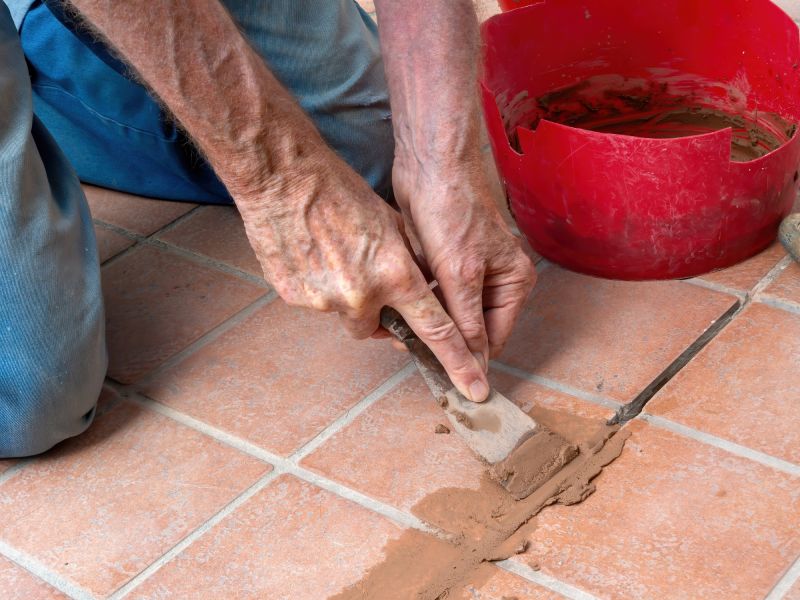
Ways to make Outdoor Tile Repairs work in tight or awkward layouts.

Popular materials for Outdoor Tile Repairs and why they hold up over time.
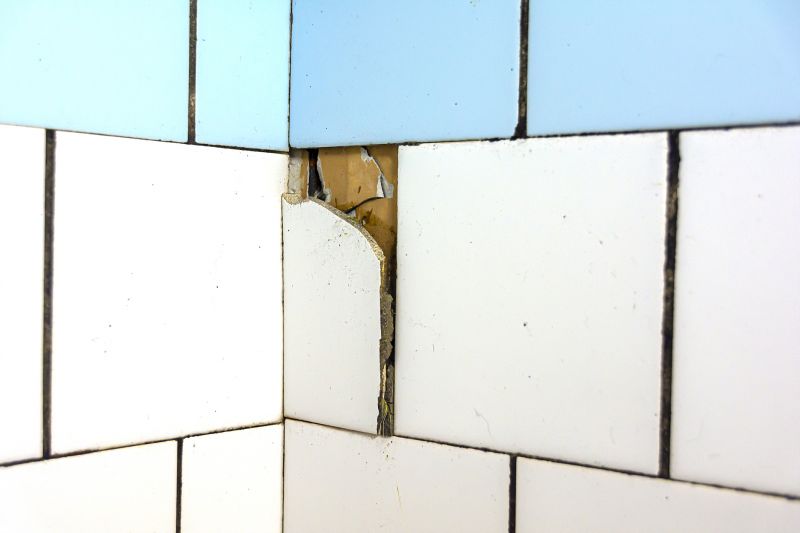
Simple add-ons that improve Outdoor Tile Repairs without blowing the budget.

High-end options that actually feel worth it for Outdoor Tile Repairs.
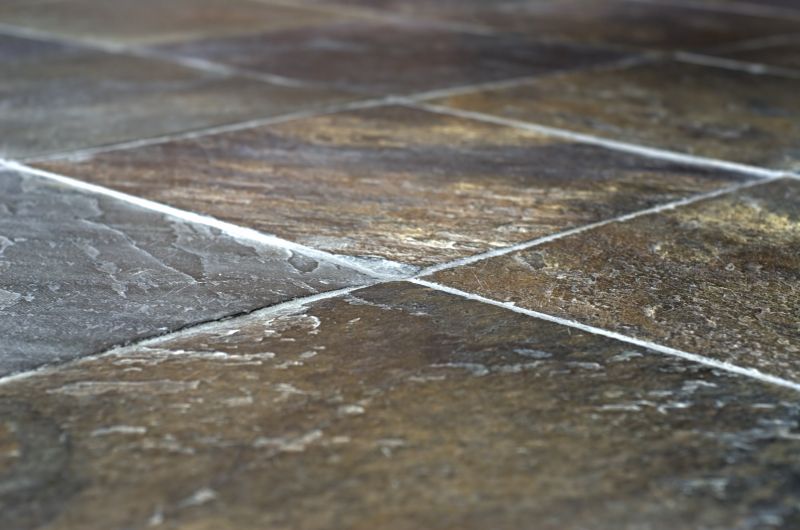
Finishes and colors that play nicely with Outdoor Tile Repairs.
Outdoor tile repairs involve restoring damaged or cracked tiles in exterior settings such as patios, walkways, and pool decks. Proper timing ensures optimal adhesion, curing, and longevity of the repair work. Weather conditions significantly influence the success of tile restoration projects. For example, excessive moisture can hinder grout setting, while extreme cold can cause tiles to crack or shift. Selecting the right season minimizes these risks and enhances the durability of repairs.
Ideal outdoor temperatures for tile repairs range from 50°F to 85°F. Outside this range, materials may not cure correctly.
High humidity can slow down drying times and affect adhesion, making dry, low-humidity days preferable.
Rain can wash away fresh grout and compromise the repair process. It is best to schedule repairs during dry weather.
Planning repairs during seasons with stable weather conditions ensures better results and reduces the need for rework.
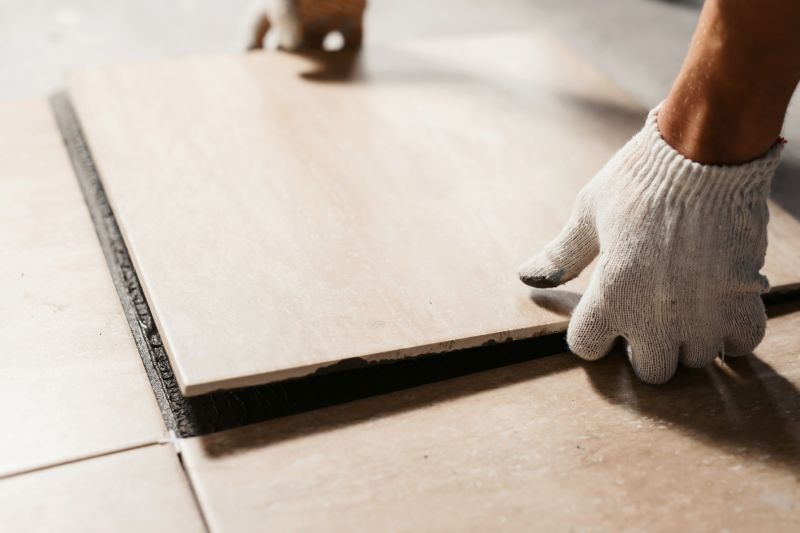
Image depicting the removal of damaged tiles and preparation for new installation.
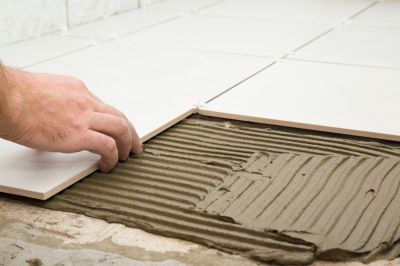
Image showing cleaning and leveling the substrate before tile placement.
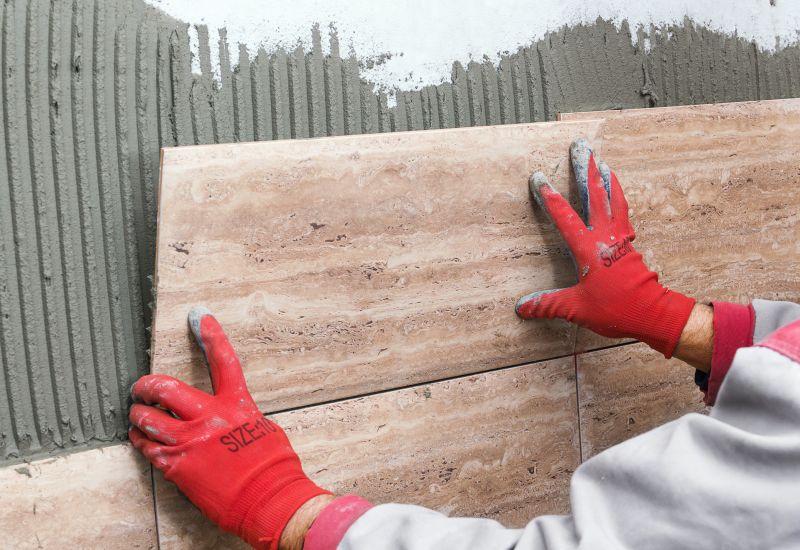
Image illustrating the application of mortar or adhesive for tile bonding.
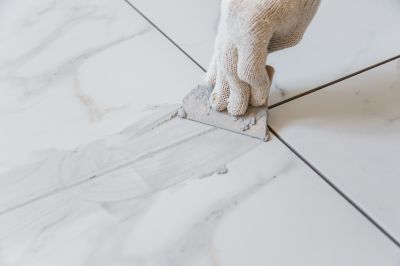
Image of grout being applied to fill gaps between tiles.
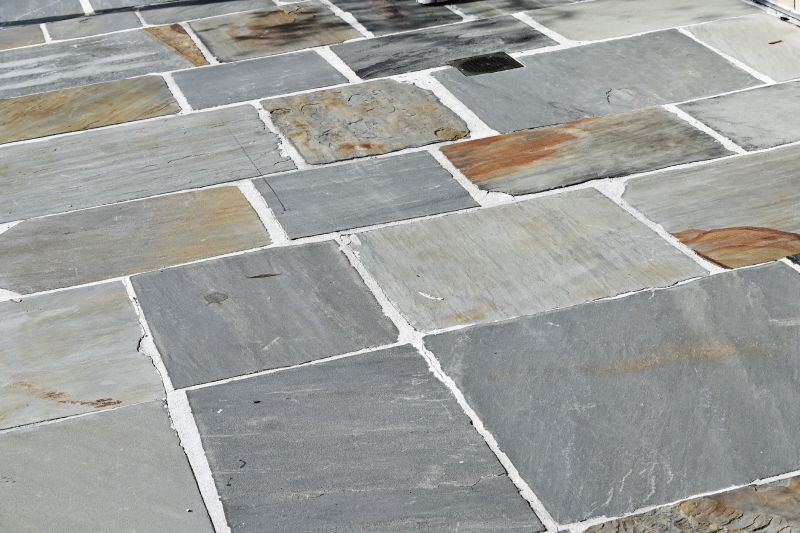
Image of completed tile surface with repaired and sealed tiles.

Image showing a sunny day ideal for outdoor tile work.
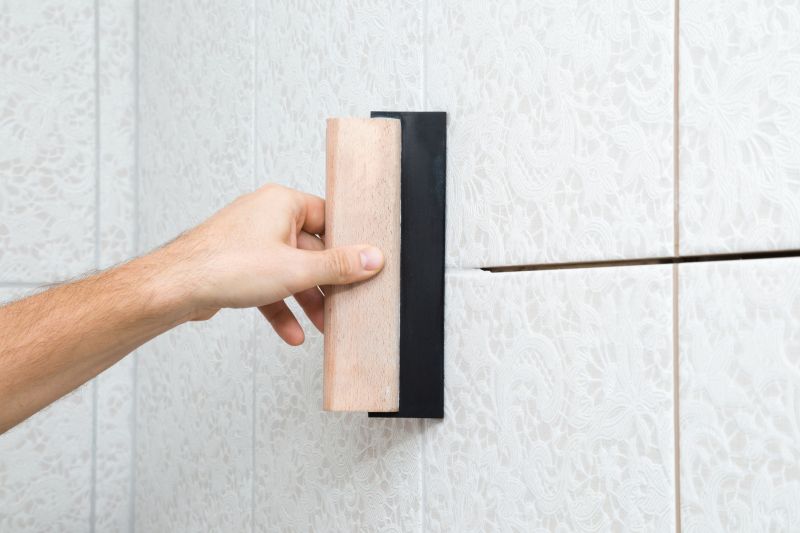
Image of tools used in outdoor tile repair, including trowels, spacers, and grout floats.
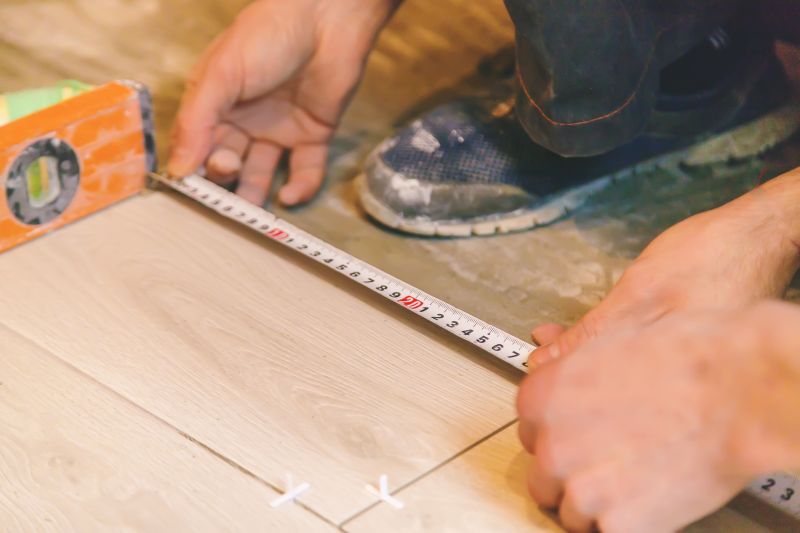
Image depicting a calendar with optimal repair months marked.
| Season | Recommended Conditions |
|---|---|
| Spring | Moderate temperatures, low humidity, minimal rain |
| Summer | Warm days, avoid peak heat hours, low humidity preferred |
| Fall | Mild weather, low rainfall, stable conditions |
| Winter | Not recommended due to cold temperatures and potential frost |
Choosing the right time for outdoor tile repairs is essential for ensuring the longevity and appearance of the finished surface. Weather patterns vary by region, but generally, seasons with consistent dry and moderate temperatures provide the best conditions. Proper planning and monitoring weather forecasts can help prevent delays and issues caused by unexpected rain or temperature fluctuations.
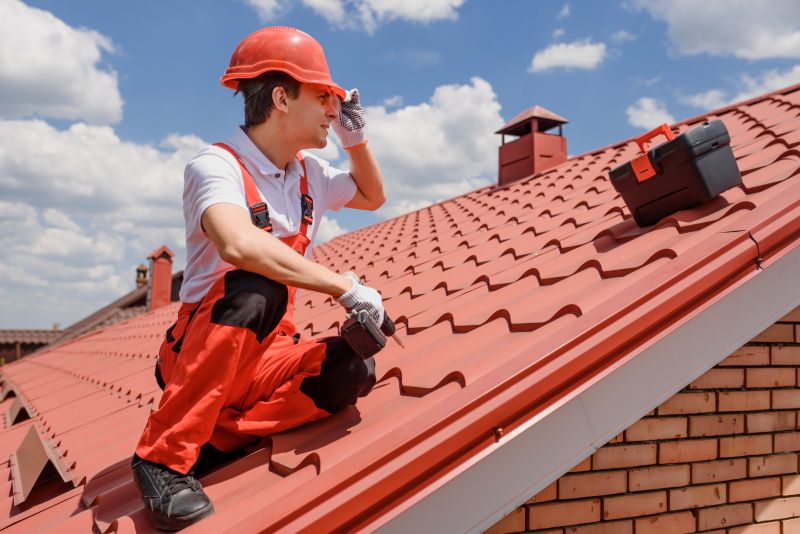
Image of workers repairing a patio during favorable weather.
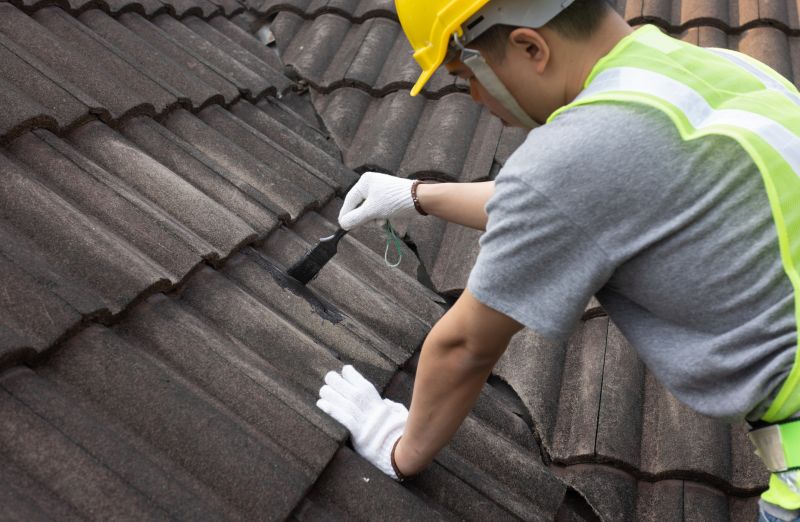
Image showing the application of sealant after repairs.
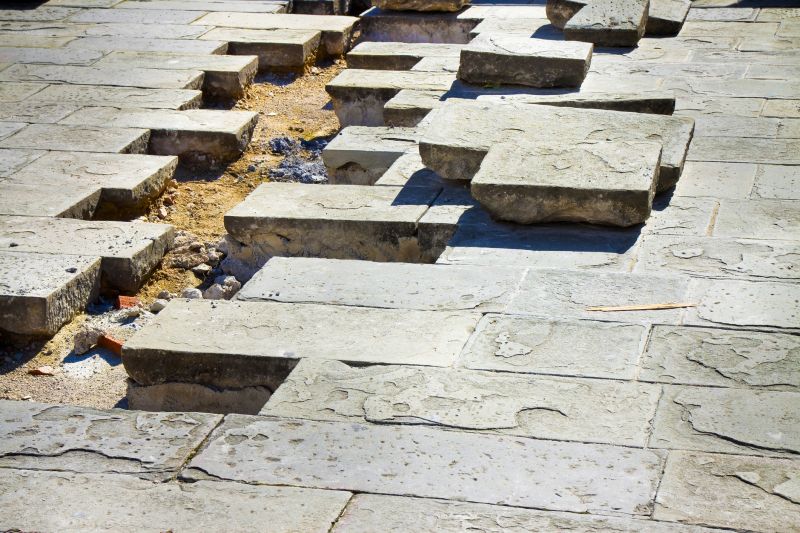
Image of a completed outdoor tile surface ready for use.

Image of a calendar with recommended repair months marked.
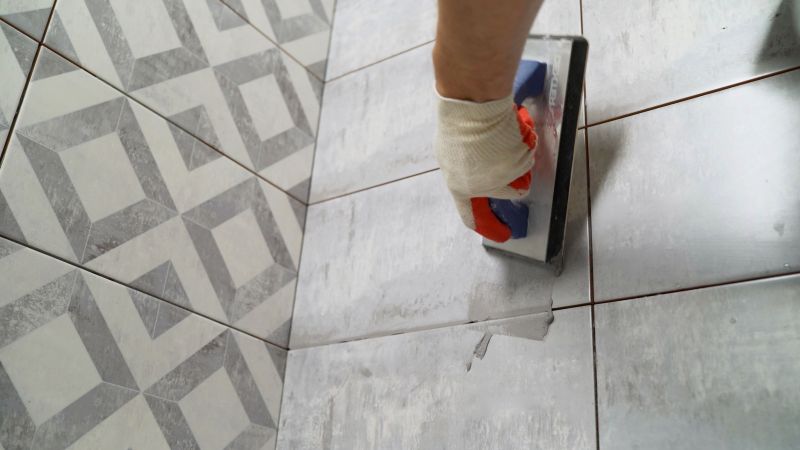
A 60-second routine that keeps Outdoor Tile Repairs looking new.

A frequent mistake in Outdoor Tile Repairs and how to dodge it.
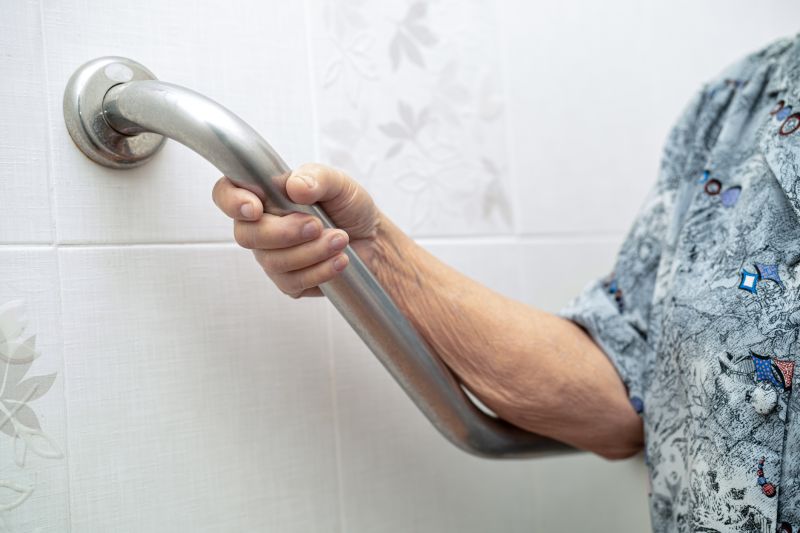
Small tweaks to make Outdoor Tile Repairs safer and easier to use.

Lower-waste or water-saving choices for Outdoor Tile Repairs.
Interested in outdoor tile repairs? Filling out the contact form can provide more information on scheduling and planning repairs during optimal seasons. Proper timing ensures the best results and longer-lasting surfaces.



